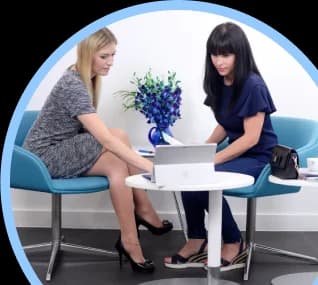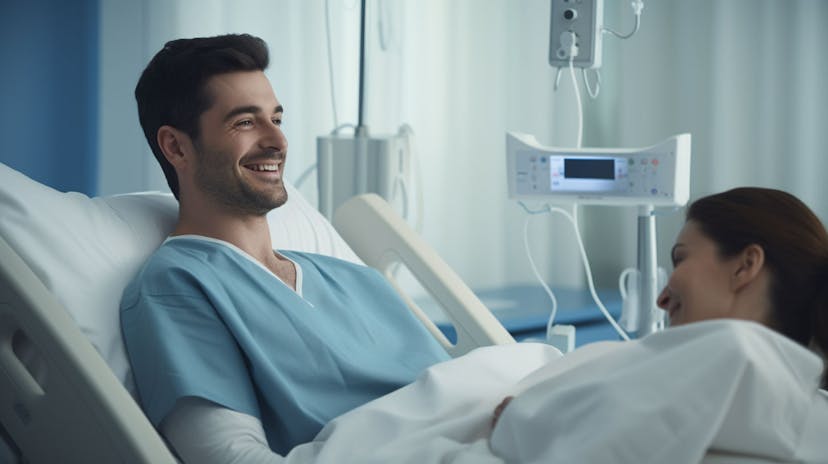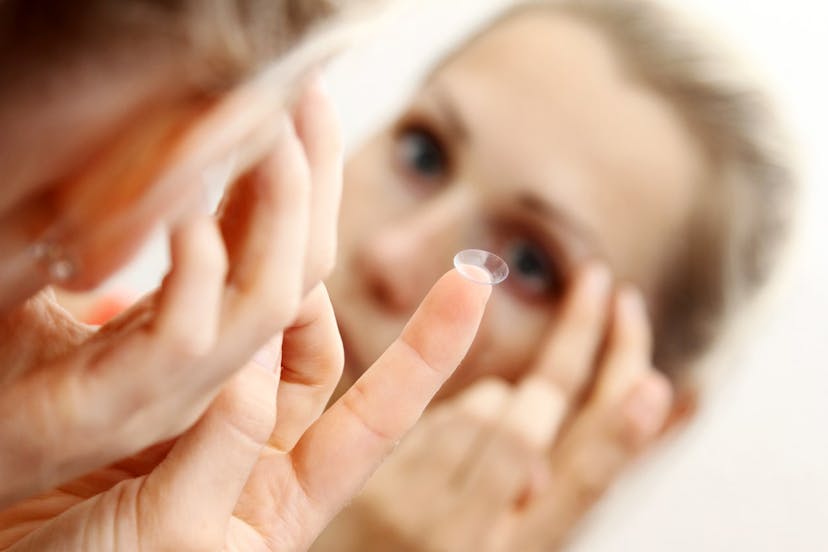
The Guardian Article: Wave Goodbye To Reading Glasses
The Guardian Article: Wave goodbye to reading glasses
55 is the new 40, but our eyes don’t seem to know this! While you may be fitter than your parents were at your age, you may still struggle to see your Fitbit without reaching for your reading glasses. Presbyond can help.
If you are reading this through a pair of reading glasses then, like most people, you’re probably wishing you didn’t need to do so. Maybe you can remember when you were younger everything was always in focus. Today we are all staying healthier longer, 55 is the new 40. But nobody has told our eyes this!
Most of us are fitter than our parents were at our age but the age of onset of reading glasses hasn’t changed. Unless that is, you have had Presbyond. It is one of the most common vision correction procedures that eye surgeons perform on themselves.
After Presbyond, people can see near, intermediate and far without glasses. Imagine being able to drive to a restaurant, read the menu in your hand and also being able to read the specials on the wall across the room, all without the need for glasses. If you’re someone who has had the experience of going out for a night and realising you’ve forgotten your glasses, Presbyond must seem enticing.
Presbyopia is the need for reading glasses as the eyes begin to age due to the gradual degeneration of the autofocus mechanism in the eye.
But First, What Is Presbyopia?
Presbyopia is the need for reading glasses as the eyes begin to age due to the gradual degeneration of the autofocus mechanism in the eye. Presbyopia starts sometime after 40 and is fully developed by 50.
The normal, youthful eye has the ability to easily switch between reading distant car number plates and reading smaller text on a mobile device. However, as presbyopia occurs, the text on the mobile phone begins to appear blurry up close and therefore will need to be held at a distance in order to be seen clearly.
In the past, the only solution to this problem was for the eye to bring near vision into focus using reading glasses. Then, monofocal contact lenses came into play, which meant that one eye could be focused for distance and the other for near vision. However, the two eyes never work together as well as they would if both eyes were identically focussed, but, thanks to modern technology, this no longer has to be the case.
How Does Presbyond Rejuvenate Your Sight?
Presbyond vision correction is performed on the outer surface of the eye, the cornea. A protective flap is raised from the surface laser vision correction reshapes the cornea and the protective flap is replaced. Using an optical phenomenon called spherical aberration the brain is then able to see all distances clearly without glasses by blending the images from the eyes.
It takes less than 10 minutes and is safer than wearing soft contact lenses. If you needed distance glasses (or contacts) before, Presbyond gets rid of the need for them too.
Save Your Vision While Saving Your Money
Reading glasses need to be updated annually. Even if your prescription doesn’t change, the lenses get scratched and the coatings deteriorate, causing a degradation in their optical performance. Plus, the average wearer of reading glasses can easily lose a pair every couple of years. Over a lifetime, that can amount to over £5,000 worth of glasses every eight years. Presbyond is cheaper!
95% of people tested for Presbyond were found to be suitable. And it is adjustable. As you get older you might require adjustment, and it is relatively simple to lift up the protective flap and enhance or even reverse the procedure.
Most people who have had Presbyond are able to start using it straight away. One patient the other day, just minutes after the procedure was complete, went to phone their spouse and found that they could see the phone screen and the clock on the wall clearly without glasses. And it gets better with time as the brain learns the new vision.
In a nutshell, Presbyond is the closest thing to the vision you had when you were 20.
AUTHOR: MR JOHN BOLGER, CONSULTANT OPHTHALMOLOGIST & MY-ICLINIC DIRECTOR, FRCS DO FEBOS -CR
This article was published in The Guardian newspaper on 22nd September 2020 as part of the Vision and Eye Health Campaign in coalition with Health Awareness.
You can find the article in the newspaper or via www.healthawareness.co.uk
Find out more by Speaking to our team









